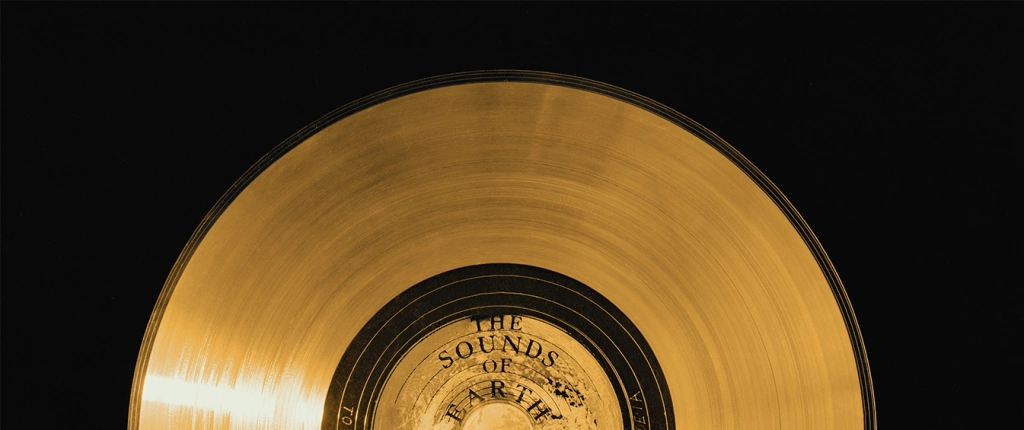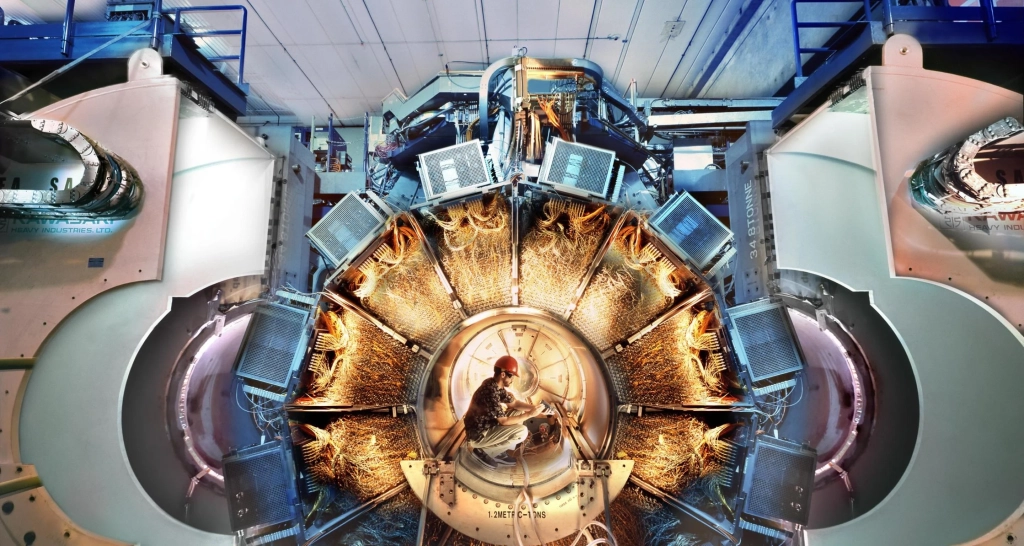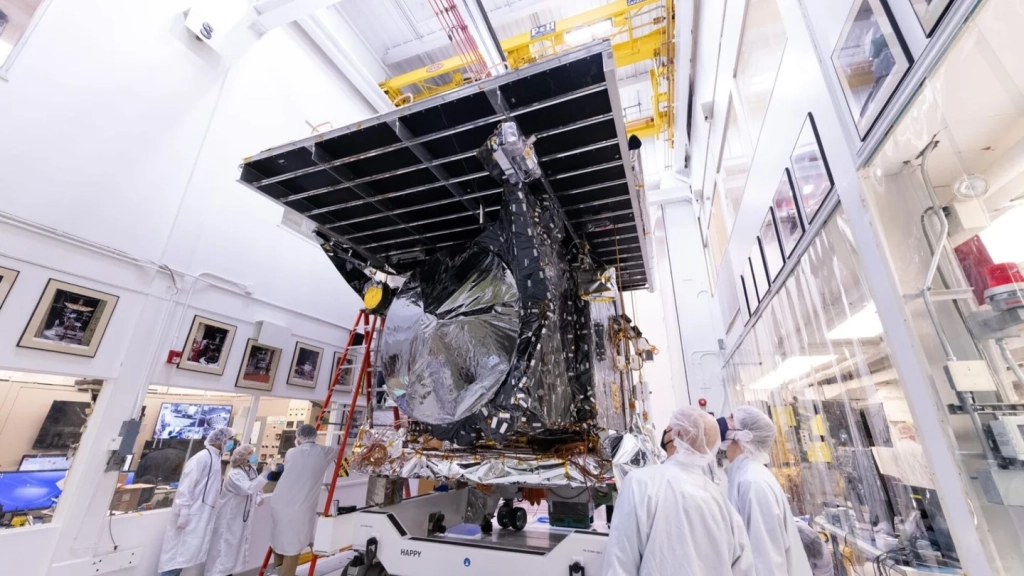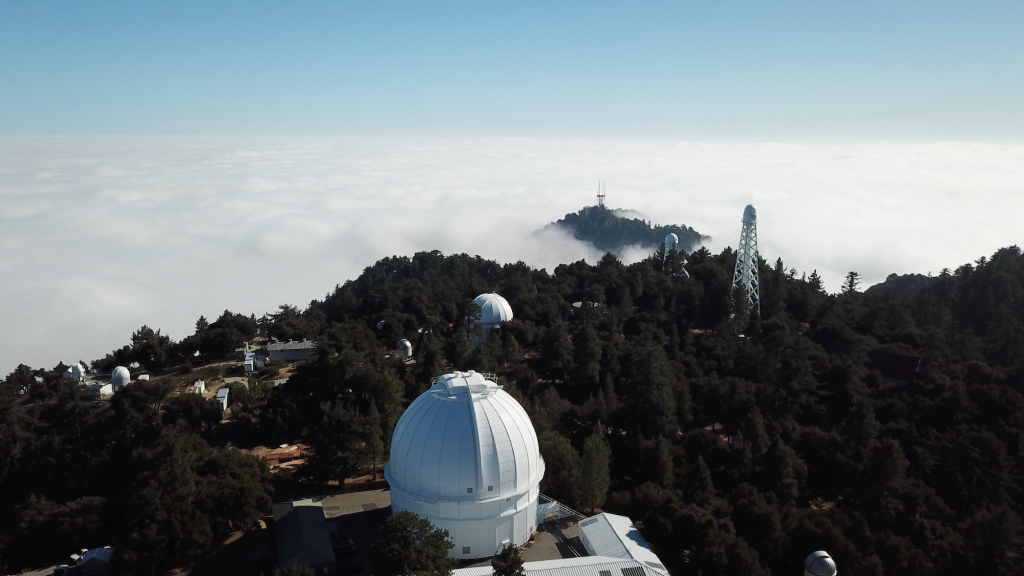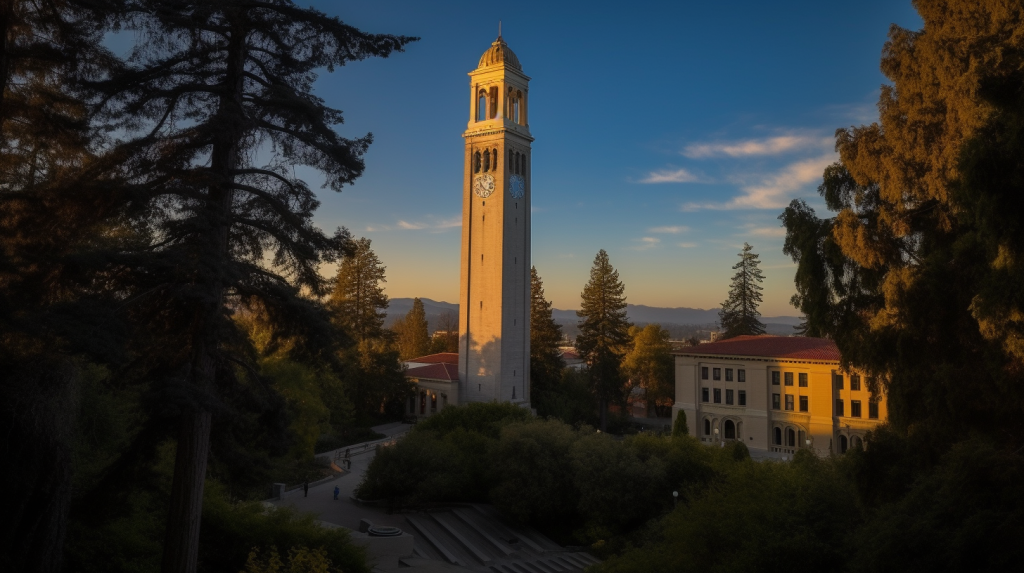Physics
The Jet Propulsion Laboratory in La Canada Flintridge, California is well-known for sending spacecraft far into the cosmos to help us better understand the universe. But the agency was also extensively involved in one of the most ambitious and symbolic projects in the history of space exploration: the Voyager Golden Record.
Since its inception in 1962, originally as the Stanford Linear Accelerator Center (as it was previously known), it has been on the forefront of scientific discovery in numerous scientific disciplines. It is truly one of the nation’s great scientific institutions, being at the forefront of numerous major discoveries that have deeply impacted – and will impact – the world.
The story of the Mt. Wilson Observatory begins with George Ellery Hale. A visionary, Hale had the foresight to choose Mt. Wilson as the site for his new observatory because of its altitude (at 5,710 feet) and proximity to the Pacific Ocean, making it an ideal spot for stable, clear skies.
J. Robert Oppenheimer, one of the leading physicists of the 20th century, is often remembered as the ‘father of the atomic bomb’. However, his journey toward this formidable title began at the University of California, Berkeley, an intellectual crucible where his talent for theoretical physics was honed, ultimately leading him to oversee the Manhattan Project, a scientific endeavor that would change the world.
The Bekins building survived because it was made of a relatively new material that had largely been ignored (and vigorously opposed) in California. That material is reinforced concrete.
CalTech’s famous fly lab, Saving California’s rare fruit, Atomic microscope, Winter snowfall earthquakes, Brain enhancement drugs, Mars copter

